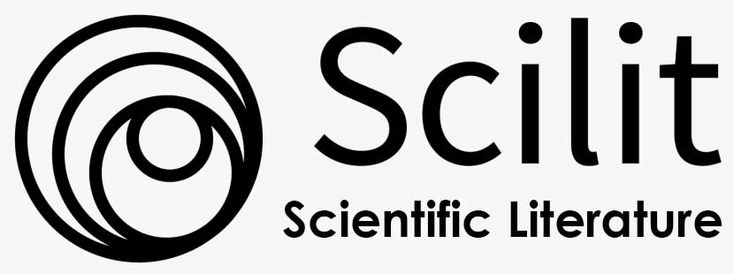CLUSTERING THE POTENTIAL RISK OF TSUNAMI USING DENSITY-BASED SPATIAL CLUSTERING OF APPLICATION WITH NOISE (DBSCAN)
Abstract
Tsunami is one of the deadliest natural disaster that causing devastating property damage and loss of life. Therefore, this triggers many scientist to do researches in tsunami mitigation disaster, such as analyzing the potential risks caused by tsunami. The process of analyzing the potential risk caused by tsunami can be done by grouping the data of tsunami based on characteristics of the previous tsunami events. DBSCAN (Density-based Spatial Clustering of Application with Noise) is a popular clustering method and can be used to do the task. The algorithm do the clustering processes using density-based concept that able to detect outlier/noise and clusters irregular shapes. It was proved in this research where the evaluation method using Silhouette Coefficient on the DBSCAN clustering result gave highest value 0.96056649 for ε and minPts value of .1 and 0.1.
Full Text:
PDFReferences
A. KARAMI AND R. JOHANSSON, “Choosing dbscan parameters automatically using differential evolution,” Int. J. Comput. Appl., vol. 91, no. 7, 2014.
B. MEHALA, P. R. J. THANGAIAH, and K. VIVEKANANDAN, “Selecting scalable algorithms to deal with missing values,” Int. J. Recent Trends Eng., vol. 1, no. 2, pp. 80–83, 2009.
E. L. GEIST and T. PARSONS, “Assessment of source probabilities for potential tsunamis affecting the U.S. Atlantic coast,” Mar. Geol., vol. 264, no. 1–2, pp. 98–108, Aug. 2009.
K. UCHIDA, S. NOGAMI, M. TAKEMATSU, and J. HONDA, “Tsunami Simulation Based on Dijkstra Algorithm,” 2014, pp. 114–119.
L. KAUFMAN and P. J. ROUSSEEUW, Finding groups in data: an introduction to cluster analysis, vol. 344. John Wiley & Sons, 2009.
L. MA, L. GU, B. LI, S. YI QIAO, and J. WANG, “G-DBSCAN: An Improved DBSCAN Clustering Method Based On Grid,” Adv Sci Technol Lett, vol. 74, pp. 23–28, 2014.
M. ESTER, H.-P. KRIEGEL, J. SANDER, and X. XU, “A density-based algorithm for discovering clusters in large spatial databases with noise.,” in Kdd, 1996, vol. 96, pp. 226–231.
M. M. RAHMAN and D. N. DAVIS, “Machine Learning-Based Missing Value Imputation Method for Clinical Datasets,” in IAENG Transactions on Engineering Technologies, vol. 229, G.-C. Yang, S. Ao, and L. Gelman, Eds. Dordrecht: Springer Netherlands, 2013, pp. 245–257.
M. T. ELBATTA and W. M. ASHOUR, “A dynamic method for discovering density varied clusters,” Int J. Signal Process. Image Process. Pattern Recognit., vol. 6, no. 1, pp. 123–134, 2013.
NGDC/WDS, “Global Historical Tsunami Database”. [Online]. Available: https://www.ngdc.noaa.gov/hazard/tsu_db.shtml. [Accessed: 01-Mar-2016]
R. B. S. YADAV, T. M. TSAPANOS, J. N. TRIPATHI, and S. CHOPRA, “An evaluation of tsunami hazard using Bayesian approach in the Indian Ocean,” Tectonophysics, vol. 593, pp. 172–182, May 2013.
R. G. PRABHUDESAI, A. JOSEPH, P. MEHRA, Y. AGARVADEKAR, S. TENGALI, and V. KUMAR, “Detection of 12 th September 2007 Sumatra Tsunami at Goa and Kavaratti Island,” in OCEANS 2008-MTS/IEEE Kobe Techno-Ocean, 2008, pp. 1–8.
S. ACM, “2014 SIGKDD Test of Time Award.” [Online]. Available: http://www.kdd.org/blog/2014-sigkdd-test-time-award. [Accessed: 11-Mar-2015].
DOI: http://dx.doi.org/10.21776/ub.jeest.2016.003.01.1
Refbacks
- There are currently no refbacks.

This work is licensed under a Creative Commons Attribution 4.0 International License.







